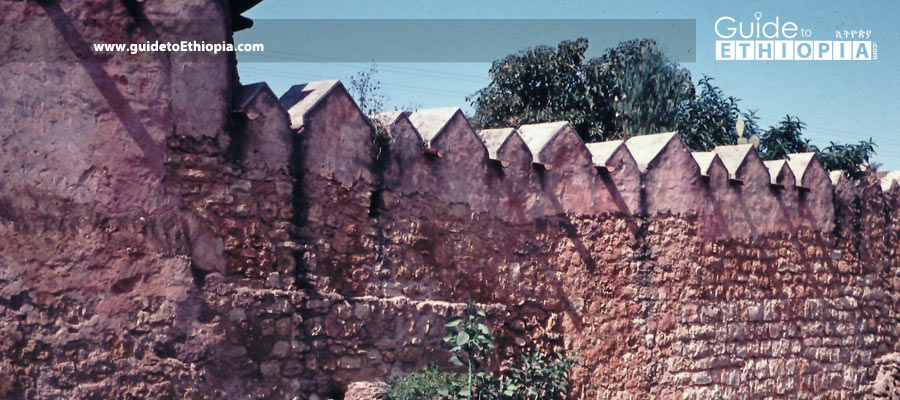
The Jugol
On the east side of the Great Rift Valley, the medieval walled Islamic city of Harar is famous for its historical and cultural sites. The remarkable defensive wall, popularly known as the Jugol, was built in the 16th century. This wall warmly engulfs the city, which is confined within 48ha and 362 narrow lanes. The […]
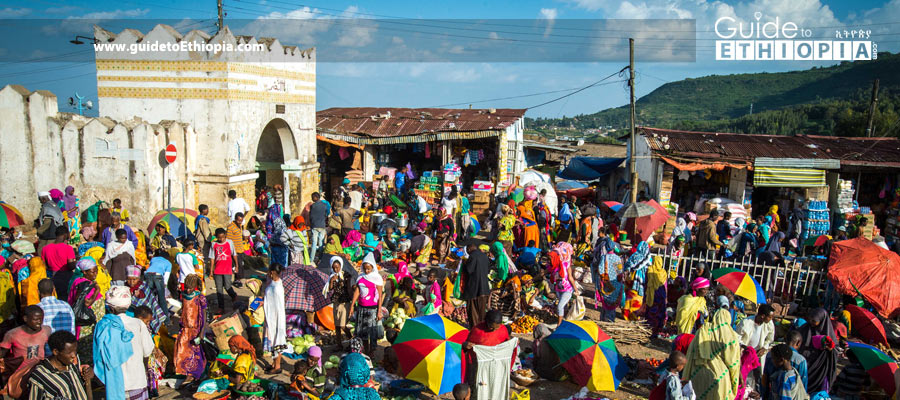
Harari Handicrafts
The Harari people are known for the quality of their handicrafts, including weaving, basketry, jewelry making, stone carving, bookbinding and others. The renovated Enay Abida Craft Center is one of the places where you would get Harari’s multi craft outputs. The Hararis’ beautiful basketry with their colorful designs and variety are unique work of art. […]
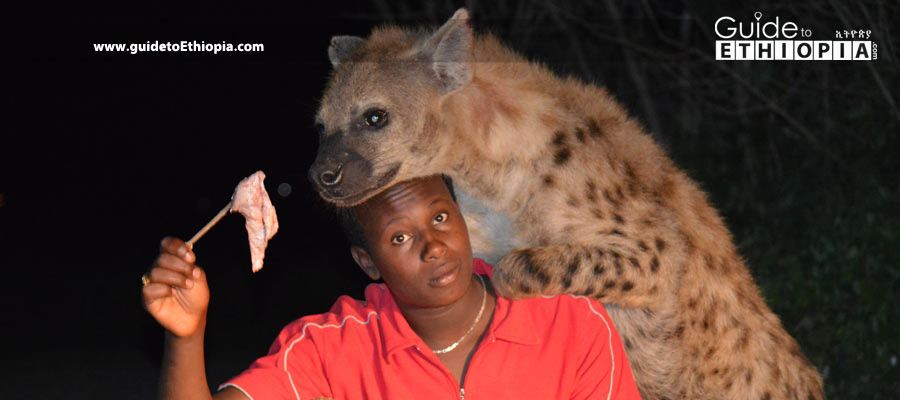
Hyena Feeding
After dark, the legendary Hyena Man feeds meat by hand and mouth to the wild hyenas that haunt the city’s fringes. This practice of feeding hyenas takes place every night in the outskirts of Sugutat bari and Assumiy bari. The Hararis feed porridge to hyena on Ashura day at numerous sites of shrines.
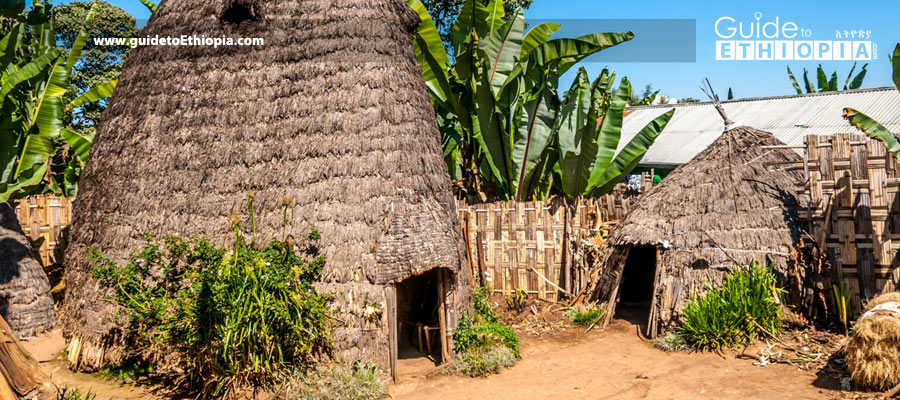
Southern Ethiopia (The SNNPRS)
The Southern Nations Nationalities and People’s Regional State is one of 9 federal regional states in Ethiopia and is home to more than 16,000,000 inhabitants of all races,languages and religions making up 20% of the entire Ethiopian population. More than 56 Nations, Nationalities and People representing about 70% of Ethiopia’s ethnic groups inhabit the SNNPRS with most […]

HAWASSA
Named after its lake-Lake Hawassa, it is a city perfectly poised at Lake Hawassa’s edge being the capital of Southern Nations, Nationalities and Peoples’ region and Sidama zone. Home to more than 56 ethnic communities, this city deserves the name given to it by many-“the city of diversity”. Hawassa was founded in 1960 during the period of Emperor […]
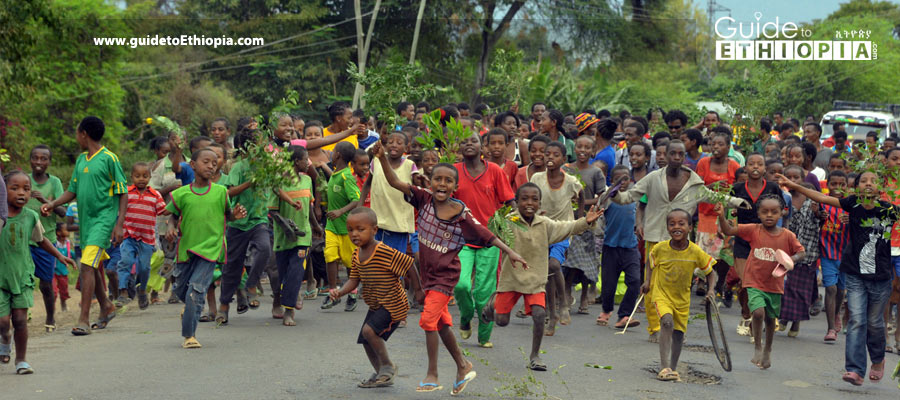
GamoGofa
Arba Minch is the capital of the GamoGofa zone which has diverse natural and cultural attractions. Arba Minch (literally meaning ‘forty springs’ ) stands at the base of a mountainous stretch of the Rift valley escarpment overlooking lakes Chamo and Abaya consisting of two small towns; Sikela and Shecha separated by 4Km tar road. The town of Arba […]

Lake Abaya
with a surface area of 1162 square Km, Lake Abaya is the second largest in Ethiopia after Lake Tana and one of the biggest lakes in the Ethiopian Rift Valley. It is 60 Km long and 20 Kms wide with a maximum depth of 13.1 meters. The lake, found at an elevation of 1285 meters is located […]

Lake Chamo
the third largest lake in Ethiopia is located just to the south of Lake Abaya. Lake Chamo is a 32 Km long, 13 Km wide lake with a total surface area of 317 square Km and a maximum depth of 14 meters. Lake Chamo’s northernmost end is located within Nechsar National Park where visitors can see Hippos and giant […]

The Arbaminch Crocodile Farm
located 6 Km out of town near Lake Abaya, keeps around 8000 crocodiles. Far more impressive, but only accessible by boat is lake Chamo’s Crocodile Market, a stretch of shore where hundreds of these large reptiles naturally congregate in the sun.
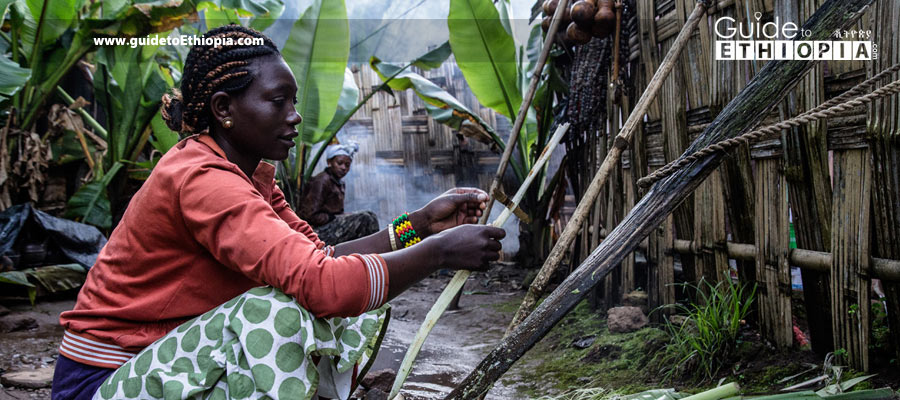
The Dorze people
The Dorze people who speak a language in the Omotic family live in villages near the towns of Chencha and Arba Minch, in the Gamo-Gofa zone, 30 Km drive from Arba Minch up to Chencha. Weaving is a primary profession for many Dorzes. They also are farmers, who prevent soil erosion,by ingenious terracing of the mountain side. The Dorze people are famous […]

Walled Villages of Konso
The Konso people live in the walled villages situated at the top of hills in a congested centralized settlement. They developed a defensive style of building,with villages on hilltops, protected by fortification around them. The villages constructed entirely from natural materials abundant in the area are very remarkable.There are about 32 villages with massive walled stones […]
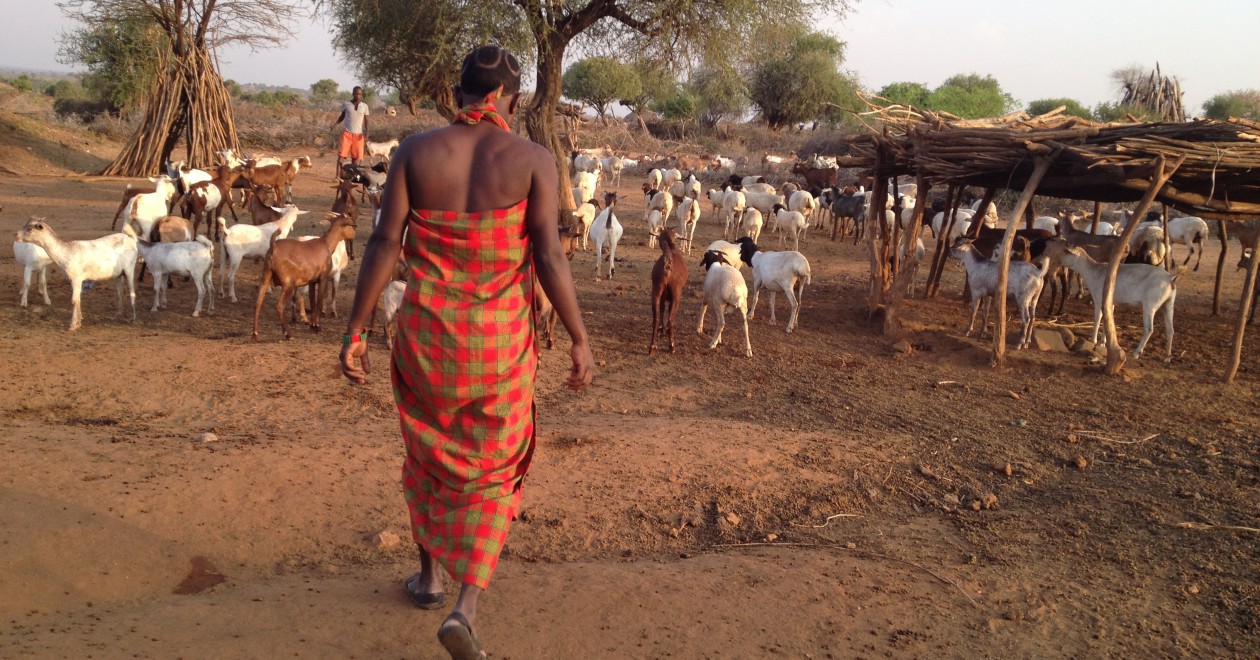
Southern Omo
This relatively small area tucked away at the Ethio-Kenyan border is a cultural and biodiversity hotspot harboring several cultures, ethnicities and nations which coexist peacefully despite huge differences in language, tradition and lifestyle. Four of Africa’s language groups (including the Omotic language group which is endemic to South Omo) can be found in the region […]
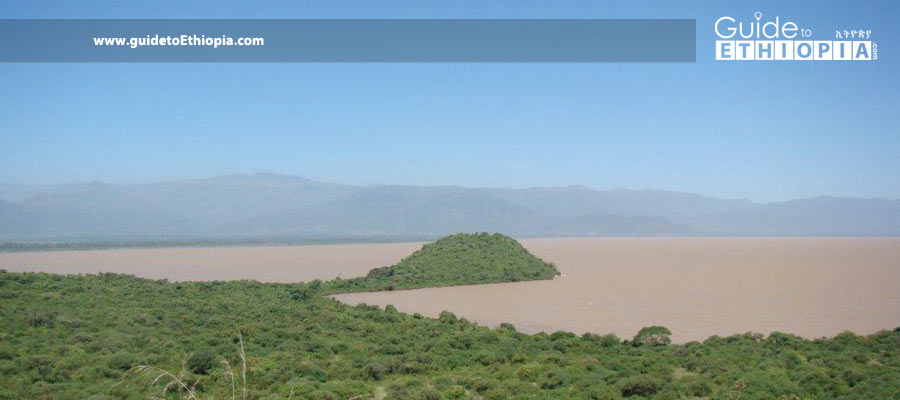
Lake Chew Bahir
Lake Chew Bahir (meaning salt sea in Amharic) is located at the boundary between Oromia and Southern Nations, Nationalities and Peoples’ Regions and measures 64 Km long and 24 Km wide. Fed by the Weito River from the north, this salt lake used to cover an area of 2000 square Km in 1960 but it […]

The Hamers: Turmi and Dimeka
The Hamer control a significantly large territory starting from the Omo River to Lake Chew Bahir. Their numbers are estimated to be around 35,000 and they speak an Omotic tongue endemic to the area and are given to accessorize heavily with women donning leather skirts decorated with shells, several copper bracelets around their arms and heavy […]

Turmi
It is a traditional small town lying just 85Km from Key Afer and an important transport hub. Best known for its Monday market, it is rewarding to spend time and visit a couple of small traditional villages that lie within a short distance from the town. There are places like the Buska Lodge, the Turmi […]

Recent Comments